What To Do With Lychees: Learn How To Use Lychee Fruits
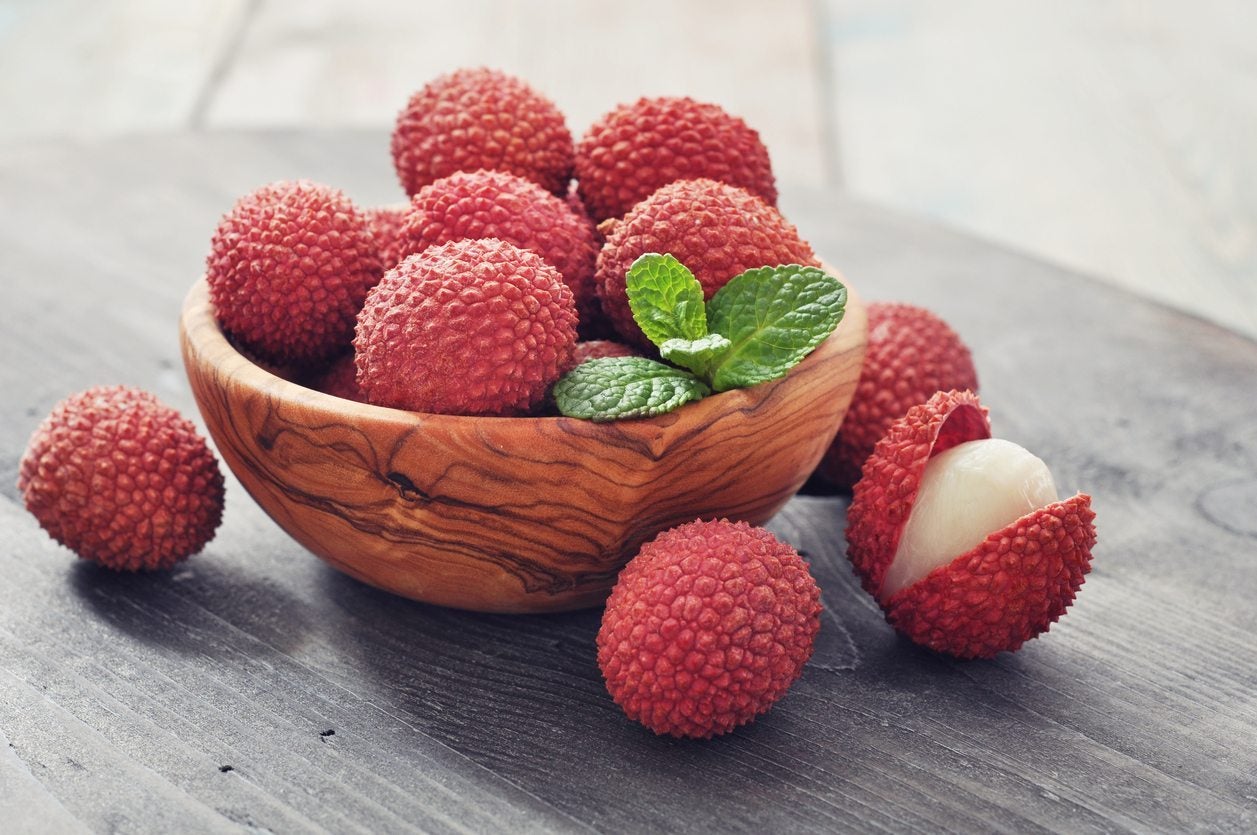
Native to Asia, lychee fruit looks like a strawberry with bumpy reptilian looking skin. It has been a favored fruit in China for more than 2,000 years but is a rarity in the United States. They can be grown in the warmer states of Florida and Hawaii and are also available canned, dried, and fresh at specialty Asian grocers. Once you’ve acquired them though, the question may be what to do with lychees. Lychee fruit has many uses. Read on to find out about using lychee fruit.
How to Use Lychee
Lychee fruit has a lovely, sweet taste rather like a cross between strawberries, watermelon, and grapes, but before using lychee fruit, it needs to be prepared. The tough outer skin is peeled like a grape to reveal a pearly white interior pulp. If the fruit is very ripe, you can tear off the end of the skin and then push the fruit out. If not, use a serrated knife to cut lengthwise through the skin and around the seed. Then just peel away the skin and the inner membrane to reveal the fruit. The flesh is surrounded by a large inedible seed that should be removed and discarded. Now you’re ready to use the fruit, but how to use lychee is the question.
What to Do with Lychees?
Fresh lychees can be kept in the refrigerator for up to two weeks, or they can be canned or frozen to extend their usage. They are commonly eaten fresh by themselves or added to fruit salads. They are stuffed with cottage cheese and served as a salad with dressing and nuts or stuffed with cream cheese and mayonnaise. They are often used in desserts, layered with pistachio ice cream and whipped cream or used in mousses or even added to cakes. They can be found in gelatin salads or pureed to flavor ice cream or sherbet. Sherbet is made by juicing the lychees and then adding the juice to plain gelatin, hot milk, light cream, sugar, and lemon juice and then freezing. Lychees are commonly found canned wherein the fruit is combined with sugar syrup and a small percentage of tartaric or citric acid to prevent discoloration. Dried lychees, called lychee or litchi nuts, are also popular and are similar to raisins. Dried lychees can be stored for up to a year and are then used as a snack or chopped into fruit or green salads. Many Chinese use dried lychee instead of sugar to sweeten their tea. Less commonly, lychees may be spiced or pickled or made into sauces, preserves, or even wine. Lychees are quite high in vitamin C, as well as vitamin B, potassium, thiamin, niacin, folate, and copper, making them a healthy food choice. They make a refreshing and nutritious smoothie by combining yogurt, honey, chopped lychees, fresh lime, powdered cardamom, and ice cubes blended until smooth and frothy.
Other Lychee Fruit Uses
Lychee has also been used for medicinal purposes throughout history. Lychee fruit is rich in dietary fiber, which not only helps us maintain a healthy weight, but keeps us regular. As mentioned, it is loaded with vitamin C, which protects against colds and other infections as well as fighting inflammation and helping the body develop resistance. Tea is sometimes made from the skins of lychee fruit to treat smallpox and diarrhea. The seeds are ground in India to treat stomach ailments. Sore throats are treated with a decoction of bark, root, and lychee blossoms. There is some evidence that lychees may treat coughing, abdominal issues, tumors, and swollen glands. Seeds of lychee are prescribed for inflammation of the testes and neuralgia pain. As with anything used to treat a medical condition, it is recommended to consult with your doctor or licensed medical professional before using lychee to treat medical conditions.
Gardening tips, videos, info and more delivered right to your inbox!
Sign up for the Gardening Know How newsletter today and receive a free copy of our e-book "How to Grow Delicious Tomatoes".

Amy Grant has been gardening for 30 years and writing for 15. A professional chef and caterer, Amy's area of expertise is culinary gardening.
-
 4 Superfast Composting Methods: Turn Waste Into Garden Gold In 30 Days Or Less
4 Superfast Composting Methods: Turn Waste Into Garden Gold In 30 Days Or LessTry the fastest composting methods to turbocharge your pile and transform kitchen scraps and garden waste into finished compost in just a few weeks.
By Mary Ellen Ellis
-
 Best Spider Plant Soil – Complete Soil Guide And Expert Tips For Keeping Plants Happy
Best Spider Plant Soil – Complete Soil Guide And Expert Tips For Keeping Plants HappySpider plants are fun and easy plants to grow, but what is the best soil for a spider plant? Selecting the right soil is important so they can thrive.
By Bonnie L. Grant
-
 No Fruit On Lychee Tree: What To Do When Your Lychee Isn’t Fruiting
No Fruit On Lychee Tree: What To Do When Your Lychee Isn’t FruitingLychee is a delicious tropical fruit but what if your lychee won’t produce? There are a couple of reasons for no fruit on a lychee. If a lychee isn’t fruiting, you’ve come to the right place. Click this article to find out how to make a lychee tree fruit.
By Amy Grant
-
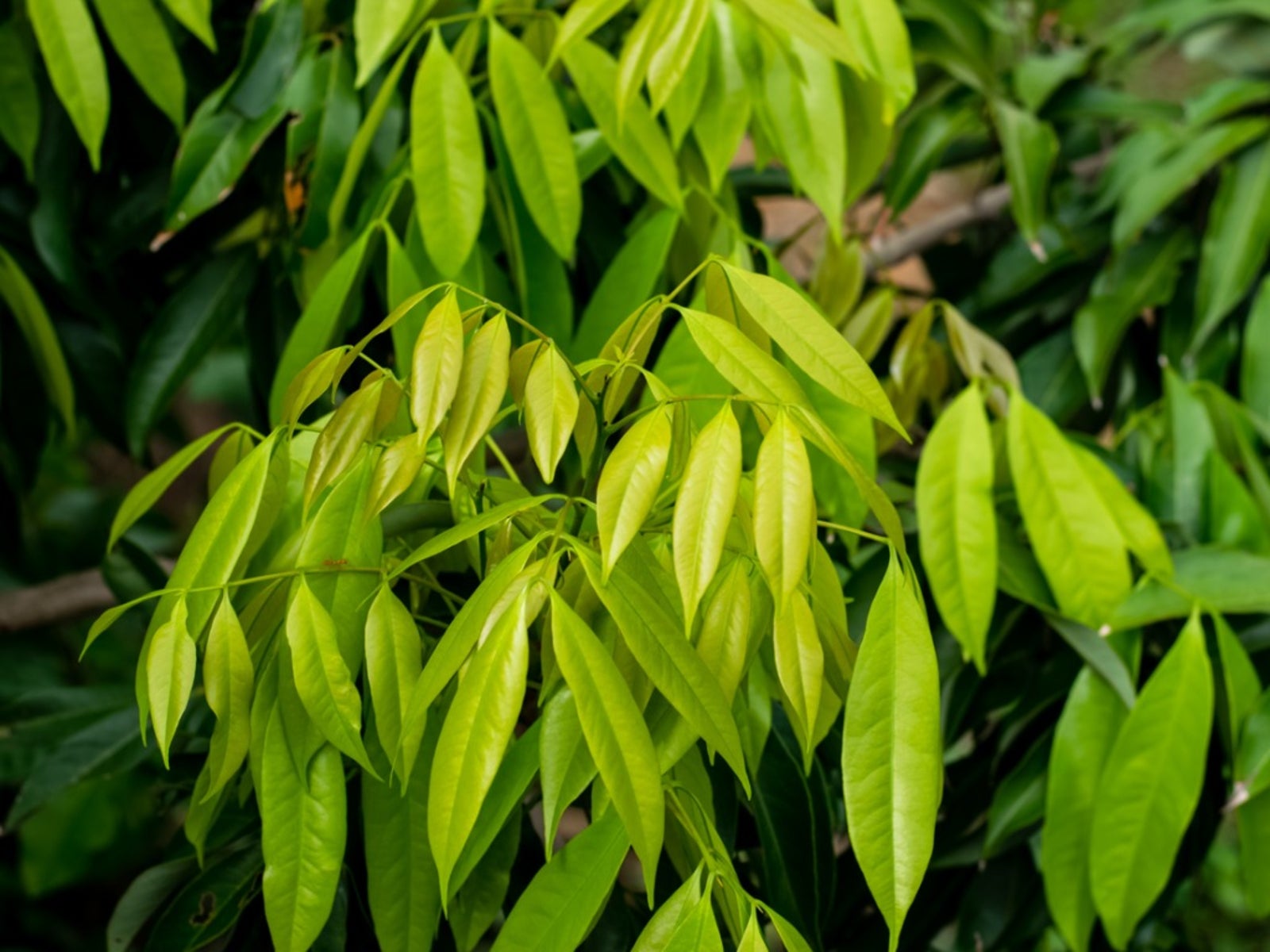 Pests Of Lychee Trees: Learn About Common Bugs That Eat Lychee
Pests Of Lychee Trees: Learn About Common Bugs That Eat LycheeLychee trees produce delicious fruit, but they are also beautiful, majestic trees in their own right. But even lovely lychee trees are not pest free. Lychee pests can cause problems for the homeowner, given its size. Click here for information on bugs that eat lychee fruit.
By Teo Spengler
-
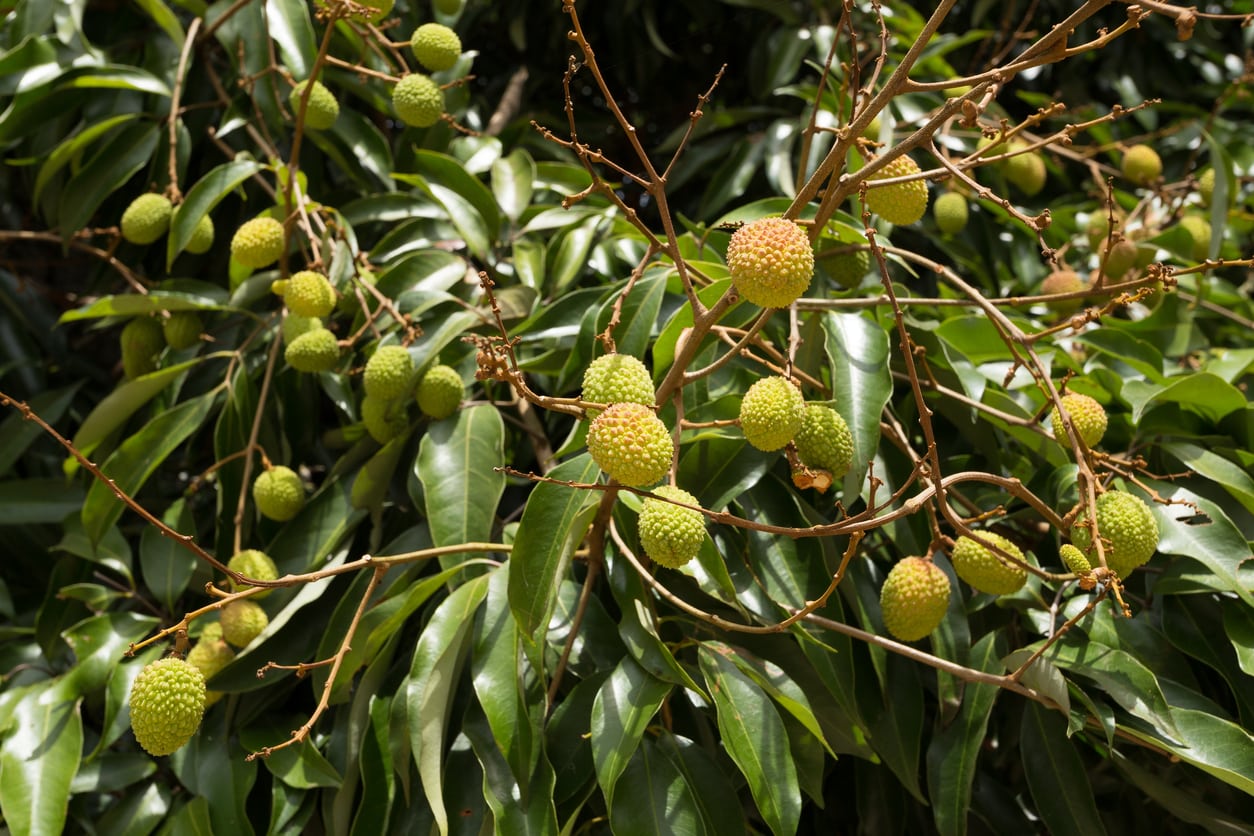 Treating A Sick Lychee Tree – Learn How To Manage Lychee Diseases
Treating A Sick Lychee Tree – Learn How To Manage Lychee DiseasesWhile it is nice to grow different plants in the landscape that not everyone else in the neighborhood is growing, you may feel completely lost and alone if problems occur on an exotic plant. Like any plant, Lychee trees can experience certain disease problems. Learn more here.
By Darcy Larum
-
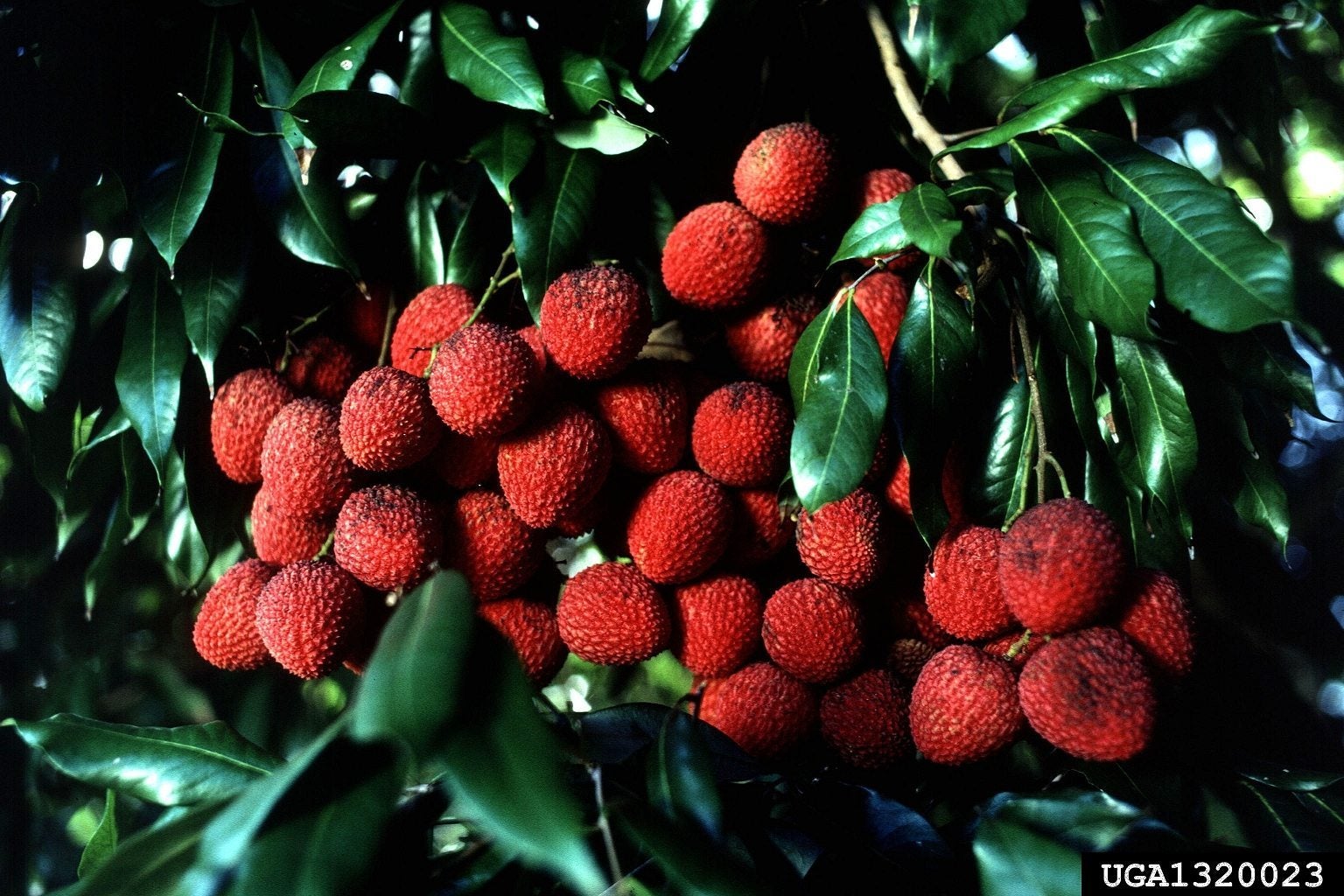 What Is Lychee Girdling: Does Lychee Girdling Work
What Is Lychee Girdling: Does Lychee Girdling WorkGirdling is a standard practice in lychee production. The process does result in higher yields if done at the right time of the year, but it isn't recommended as a consistent practice. Learn when and how to girdle a lychee for increased productivity in this article.
By Bonnie L. Grant
-
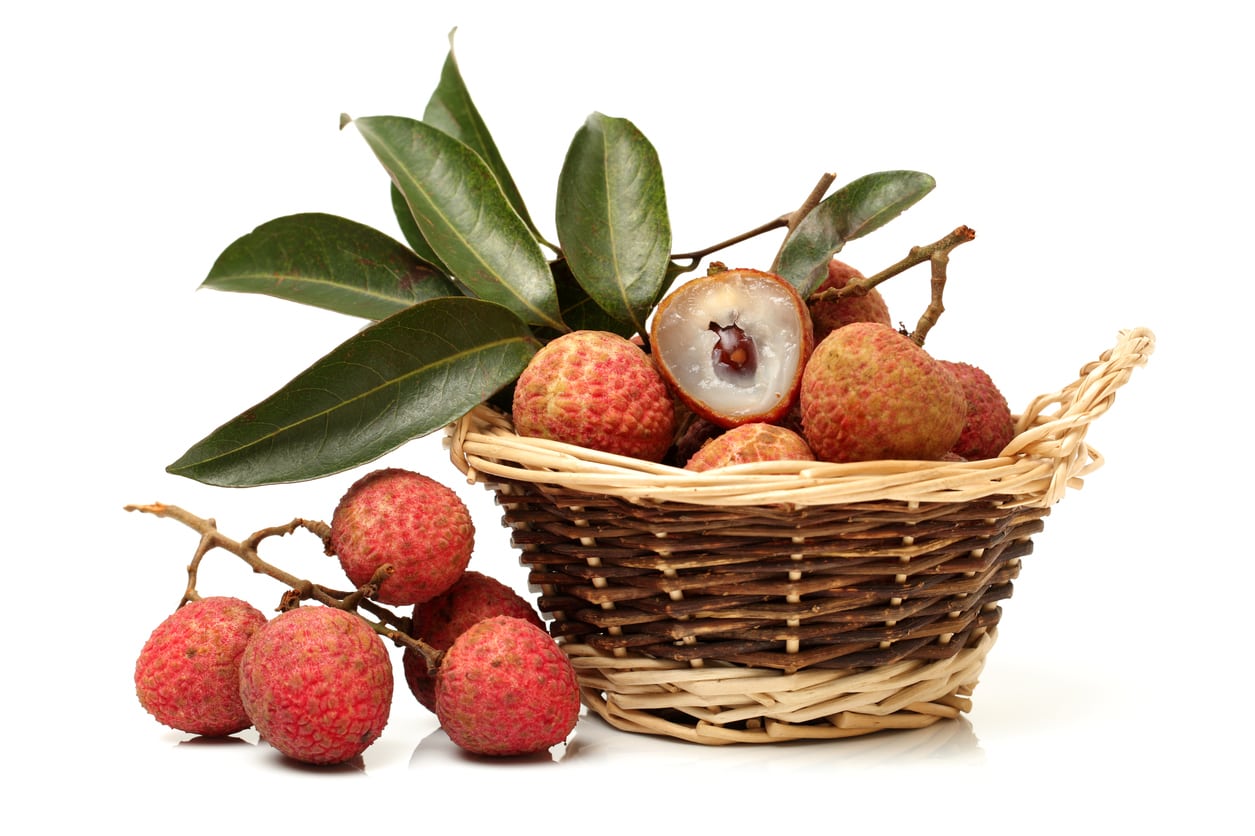 How To Harvest Lychees – Tips For Harvesting Lychee Fruit
How To Harvest Lychees – Tips For Harvesting Lychee FruitLychees are an extremely popular fruit gaining more traction around the world. If you live in a warm enough climate, you might be lucky enough to have a tree in your backyard. If you do, you're probably interested in how and when to harvest lychee fruit. This article will help.
By Liz Baessler
-
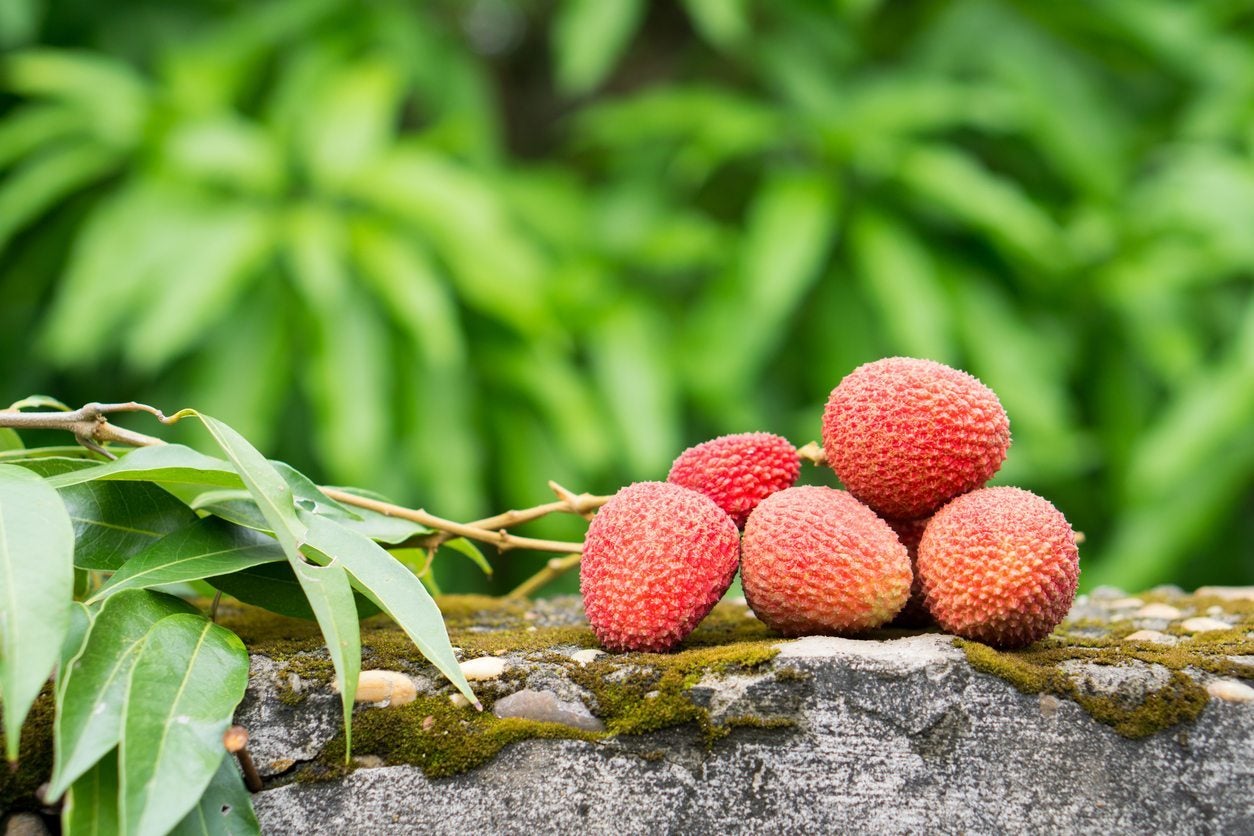 Tips For Lychee Trimming – Learn How To Prune A Lychee Tree
Tips For Lychee Trimming – Learn How To Prune A Lychee TreeLychee has been grown and cultivated for thousands of years in subtropical regions of Asia and is becoming popular in suitable areas in the U.S. Properly timed lychee tree pruning can help them produce steadier, higher fruit yields. Learn how to cut back a lychee tree here.
By Darcy Larum
-
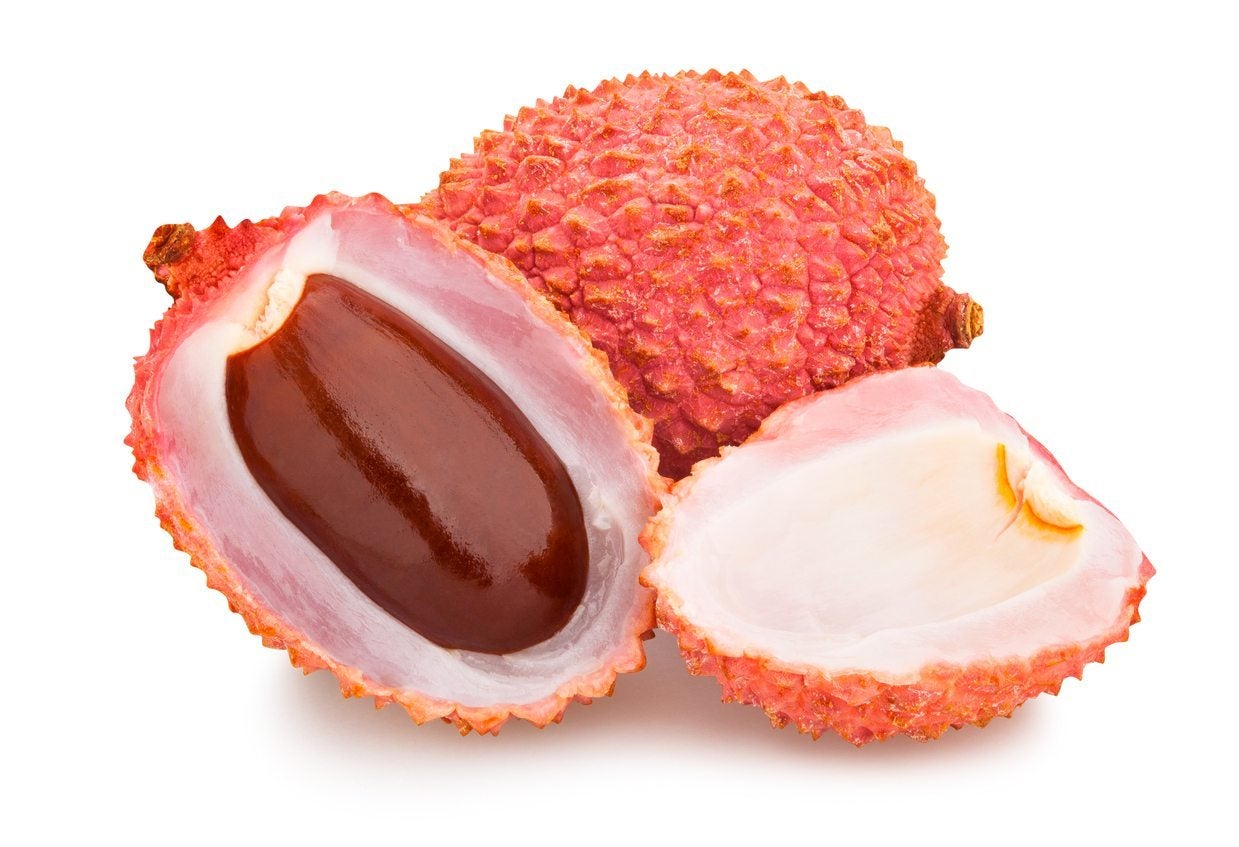 Planting Lychee Seeds: A Guide To Lychee Seed Propagation
Planting Lychee Seeds: A Guide To Lychee Seed PropagationLychees are a beloved Southeast Asian fruit that are steadily becoming more popular worldwide. If you?ve ever bought fresh lychees at the store, you?ve probably been tempted to plant those big seeds and see what happens. Click here for lychee seed growing info.
By Liz Baessler
-
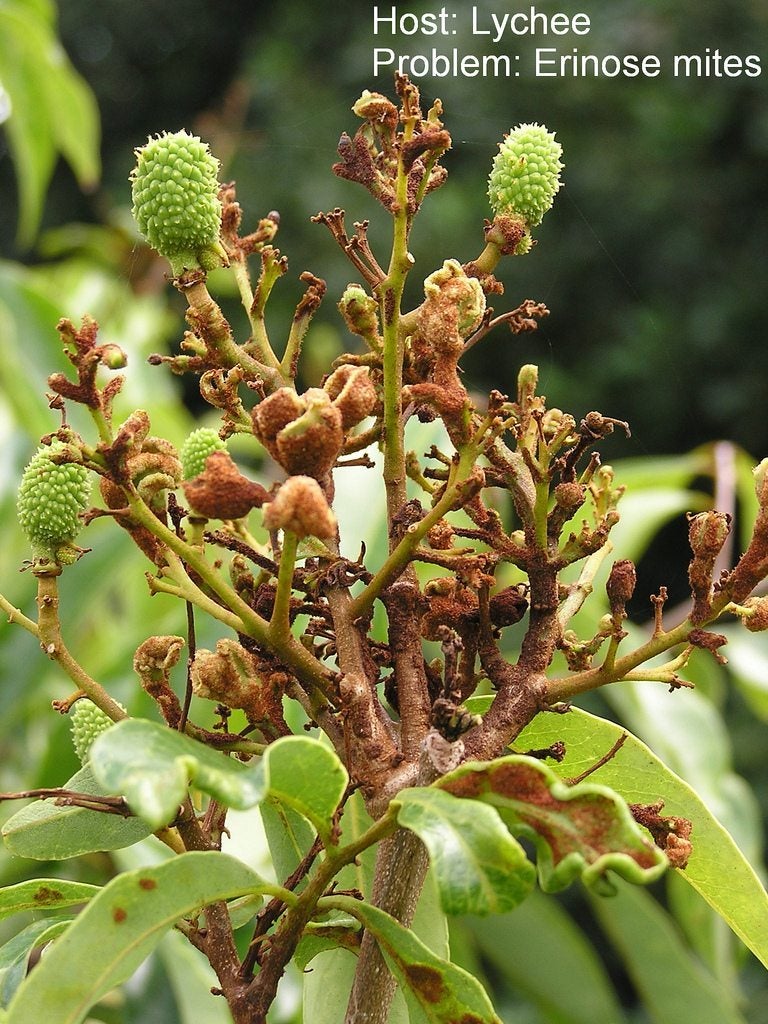 Problems With Lychee Trees: Common Lychee Pests And Diseases
Problems With Lychee Trees: Common Lychee Pests And DiseasesLychee trees are relatively easy to grow and some people in northern climates even grow this warm-weather plant indoors. However, the tree isn't immune to its share of problems. Click here to learn about potential problems with lychee trees.
By Mary H. Dyer